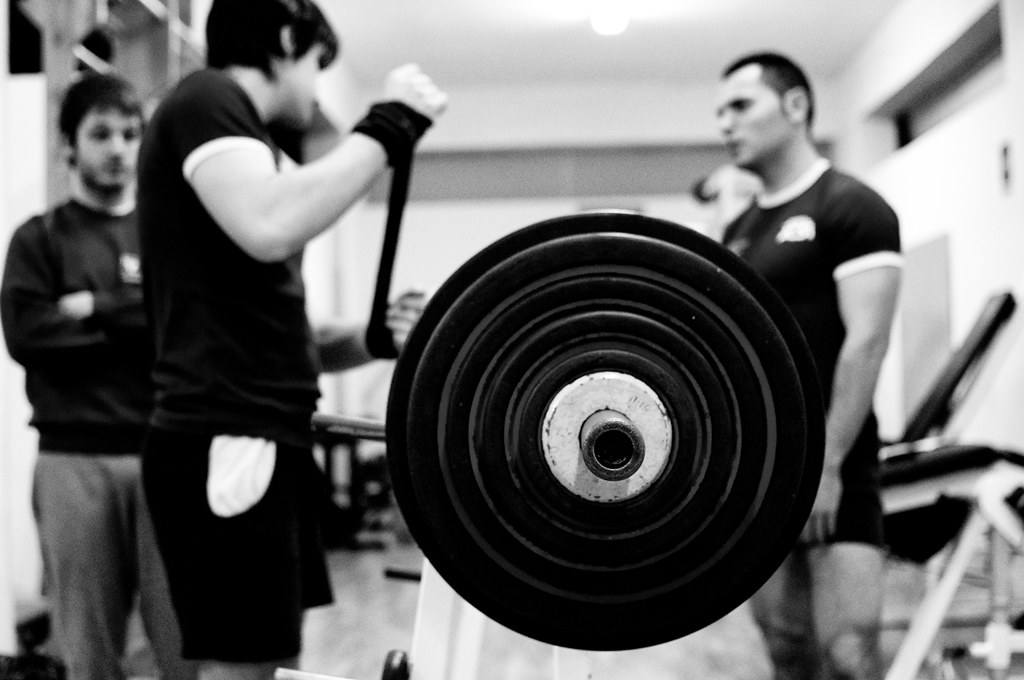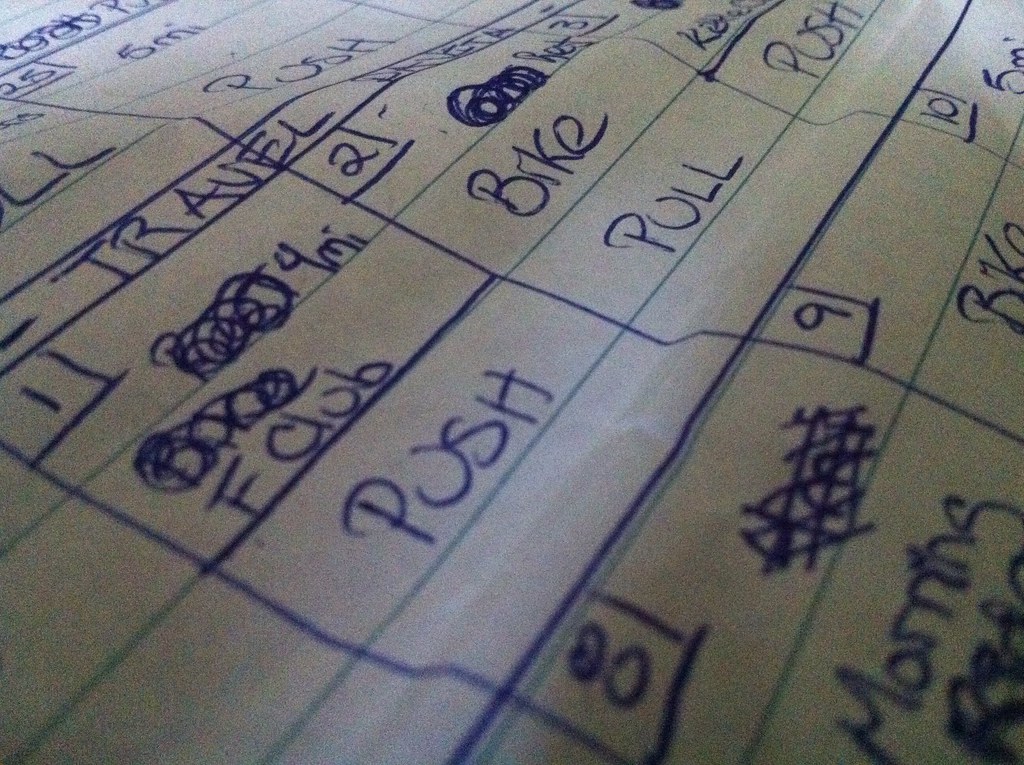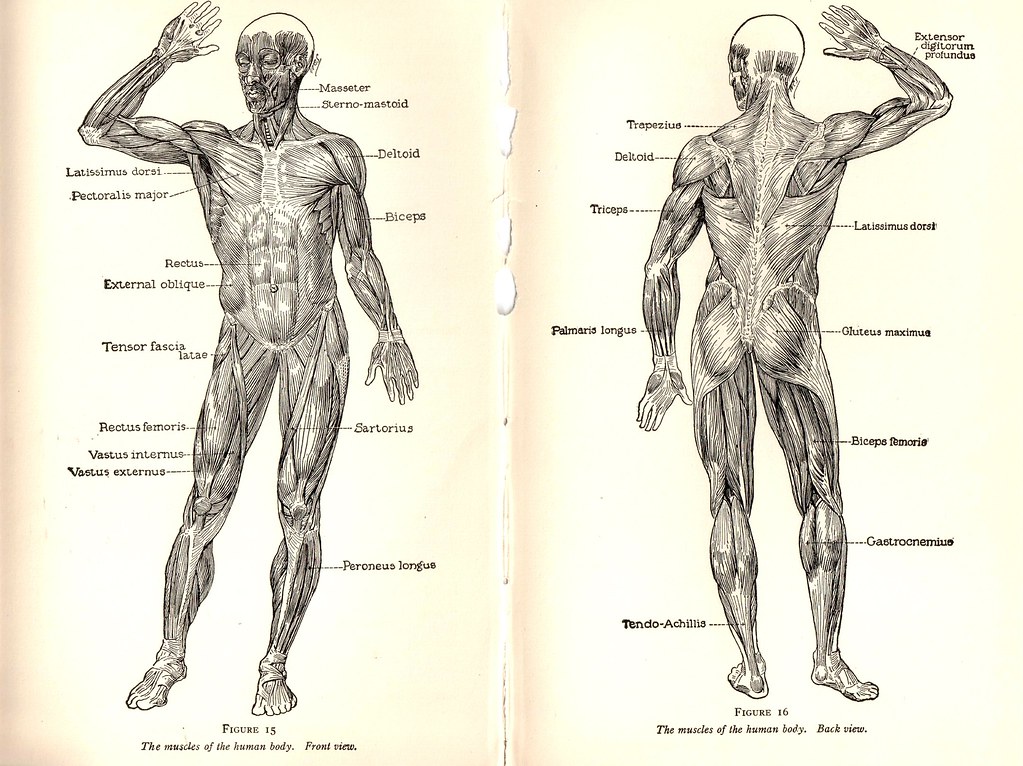Many of us go through life pondering the answer to the age old question of who we will end up with.
Who will be the person to step into your life and finally accept you into their heart and want to spend time with you?
Who will be that person dedictated to you and your needs?
Who will be the partner made for you, seemingly through means of destiny?
Who will be.........the one?
I'm talking of course about workout partners in the gym. Traditionally, I spent most of my years bodybuilding by myself with the occassional run of fantastic workout partners. But there were also times where inconsistency and a non-equal amount of passion for the lifestyle hindered my focus, intensity, and progress.
 |
| Source: Marco Crupi / Flickr.com / no changes |
Personally, I have absolutely no issue working out alone. As stated before, I started out in the weightlifting game with no experience or any kind of friend who was well acquainted with the lifestyle. All I had was an extreme amount of focus that was fueled by a deep well of being pissed off at a lot of things. So I grew used to the lone-wolf mentality.
But a lot of people with different backgrounds, non-reflective of mine, also enjoy being alone while they lift for reasons such as time efficiency and not being distracted. Indeed, workouts can go by a lot quicker and be a lot more worthwhile if you're focused, determined, and knowledgeable enough to go it alone. It is the preferred method of a lot of gym-goers.
HOWEVER, if you can find a great workout partner, you can definitely advance and enhance your weightlifting / bodybuilding workouts in a very positive way. Great workout partners can keep you focused and on task, while also helping you bust through plateaus and make gains in the gym.
So for this post I'd like to go over some characteristics of a good workout partner. Things to look for when deciding if you want to see this person on a regular basis and team up with them during your workouts.
Here are some things to look for:
Good workout partners are dedicated
Pretty self-explanatory but still important. I can't tell you how aggravating it is when your passion and willpower suddenly gets buffered by someone who really is only there because they feel like they needed to be due to a Bowflex commercial they saw five minutes ago or, after doing one set of an exercise, all of a sudden want to run over and do another exercise because the one you just started isn't fun enough or is too difficult.
Good workout partners are dedicated to dealing with what they signed up for. They don't ask why they have to do exercises when they don't want to and / or act like a 5 year old who doesn't want to go to bed when you tell them what the next exercises are. They accept the pain, and they accept that to get to the top of the mountain, you have to deal with the climb. They ask the right kinds of questions if unexperienced, and they constantly want to work towards achieving their fitness goals.
Good workout partners put a lot of effort into their exercises
You can tell how much a workout partner cares about achieving their fitness goals by how hard they lift. A good workout partner lifts and / or works out so hard that it makes you want to lift harder on every set or perform any fitness action you are doing that much better.
And if you tell them to keep pushing it they don't stop. They'll go until literally their body involuntarily takes over and shuts them down.....true muscle failure.
One time I told a workout partner to keep lifting until his body had nothing left to give. What ended up happening after his set was done was that his arms weren't even capable of stabilizing the weight to be thrown down to his sides in a controlled manner. His arms collapsed as the weights flew across the floor. It was magical. THAT'S the kind of intensity you want your workout partners to be capable of.
Good workout partners are motivated
Similar to the "dedicated" aspect I talked about above.
A good workout partner is motivated. They don't need to be hyped up to want to go workout. They contact you before a workout telling you how hyped they are to workout that day. Often times they show up to the gym before you do ready to kill it. They have a fire in their eyes as they lift and ask questions about the next workout and if their current workout plan is good enough and complete. And if it isn't, they go in extra days and ask if you want to workout with them on those days.
Good workout partners push you
Good workout partners are constantly pushing you. Sometimes they might even compete against you. Both are good things in my opinion.
When you grab a certain amount of weight, a good workout partner will suggest you lift even more weight than the one you're currently holding that you've been lifting with for the past 3 months. During sets, a good workout partner will spot you until failure, and command you to go past that failure.
You want your workout partner to force the best out of you, and ask for more.
Good workout partners don't make excuses
Honestly, this should be number 1. I can't stand excuses. And by this point I've heard every single one in the book as it relates to working out and having gym partners flake out on you.
Look, I know you go to school. I know there are exams and homework. I know people have jobs, and I know that people join sports teams. I know that people have friends, and that not all of those friends are into the gym.
A lot of these things are unavoidable. But a lot of them are also known about way ahead in advance. And everyone has spare time on their hands. If your gym partner doesn't workout with you 100% of the time, it's good to know if they still completed their workout requirements when you weren't there.
If they consistently say how much homework, tests, friends, extracurricular activities, etc. are getting in the way, then maybe they don't have the level of dedication needed from a good workout partner.
Use this simple test the next time you ponder whether or not a person's excuse is valid:
If you replaced the gym with someone that your potential workout partner is heavily attracted to, would they still be able to find the time to go on a date with that person? Would they still use their excuse and tell that person they couldn't go on a date with them? If they would still find the time for said attractive person, then their excuses are not valid and it's time to move on to another potential workout partner who will not try to find ways to get out of something they don't want to do.
Good workout partners aren't easily distracted
If you're working out with your workout partner, will they start chit-chatting for the next 20 minutes straight if a good friend walks up to them and says hi? Will they continue to talk as they start their next set and give minimal effort during said set due to this distraction? Will your workout partner respond to every single text they get during your workout, increasing the wait time between sets?
If the answer to any of these questions is yes, you may want to consider a new workout partner or working out alone for more time-efficient workouts.
Good workout partners are consistent
One week you're working out with your workout partner every day, and the next couple of weeks they are sporadic with the days they workout with you for whatever reason.
A good workout partner is almost automatic and predicitble week to week. They are reliable, and you can count that they'll be a part of your workouts consistently.
Good workout partners make working out a top task
A good workout partner will show you that achieving their fitness goals is a top task in their life. They may have other things in their life that also deserve attention, but you will never be able to mistake the passion and commitment they exude when they place high importance on working out.
If working out doesn't seem like it's of extreme importance to your workout partner, it's time to let them go. You don't want to be around someone who places less importance on something you are passionate about.
 |
| Source: Jinny/flickr.com/no changes |
And those are some things to look for when selecting a workout partner. You might be the kind of person who likes to workout alone, but working out with someone can be fun and beneficial too. Look for some of these traits the next time someone wants to workout with you, or you want to work out with them, and see if you can make even more progress towards achieving your fitness goals!
-Jtrain
------------------------------------------------------------------------------------------------------------------------------------------*Have a question about natural bodybuilding / fitness / nutrition / stress? Need some advice? Email me at jtrainfitness@gmail.com and I will answer it on this blog! Be sure to enter your email to receive alerts for when the next blog post has come out, and be sure to tell your friends about this blog! Follow me on twitter @jtrainfitness and tell your friends to do the same!*
------------------------------------------------------------------------------------------------------------------------------------------
























